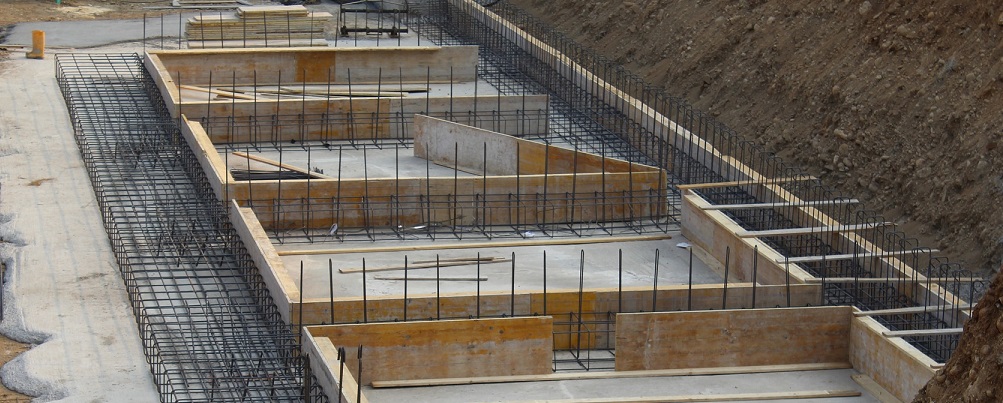
Ethics Foundation
An infrastructure provides the underlying foundation or basic framework for a system or organization. Fifteen or so years ago, the phrase “ethics infrastructure” was trending, as they say today, and was defined variously as providing the structures and systems that help enterprise owners and managers address issues of responsible business conduct (U.S. Dept. of Commerce, 2004) and as the organizational elements that contribute to an organization’s ethical effectiveness—consisting of formal and informal elements (Tenbrunsel, Smith-Crowe, and Umphress, 2003).
The phrase popped up again in a recent op-ed by the former director of the Indiana State Ethics Commission (Maidenberg, 2016). He was writing in support of the creation of a state ethics commission in New Mexico (one of only eight states without one). He highlighted the need for a government ethics infrastructure that provides “a foundation for decision-making including ground rules, boundaries between black and white, and a process for figuring out grays.” Although his comments were specifically about state government, they hold true for all organizations.
An ethics infrastructure, he said, “should include systems for training, advising, and enforcing an ethics code. It should strive for independence from any one official, and include a support staff and some recognition that ethics rules and personnel matters may overlap, but they do not necessarily replace one another.”
Tenbrunsel and colleagues also recognized the need for systems, saying “we propose that the infrastructure is composed of both formal and informal elements—including communication, surveillance, and sanctioning systems—as well as organizational climates for ethics, respect, and justice.”
An ethics infrastructure is especially needed to deal with “the inevitable gray areas of … decision-making,” according to Maidenberg. He said “a public employee may be an expert in his or her policy area, but most are not trained for analyzing and avoiding matters that can reasonably be perceived as conflicts. Most have not thought about how to reasonably define ‘financial interest’ ….”
Insert the phrase “an employee” for “a public employee” and his words have universal meaning. One role of ethics professionals is to build, maintain, and use the infrastructure to help employees recognize the gray areas and to make the right decisions.
Maidenberg acknowledges that bad players will still try to game the system and good ones will make mistakes. But the existence of an ethics infrastructure, to include effective policies, procedures, and training, will make it easier for organizations to thwart the bad actors and will help everyone else do what they come to work every day to do—a good job.
Ethical Advocate’s highly customizable ethics and compliance solutions, including ethics and compliance training and confidential and anonymous hotlines, will help your organization effectively manage risk and create a culture of ethics and accountability. Contact us for more information.
References
Maidenberg, David. “State Needs Structure for Ethics.” Albuquerque Journal, March 5, 2017.
Tenbrunsel, Ann E., Kristin Smith-Crowe, and Elizabeth Umphress. “Building Houses on Rocks: The Role of Ethical Infrastructure in Organizations.” Social Justice Research, September 2003, pp. 285-307.
U.S. Department of Commerce, International Trade Administration. “Business Ethics Infrastructure,” In Business Ethics: A Manual for Managing a Responsible Business Enterprise in Emerging Market Economies, 2004. www.trade.gov/goodgovernance/adobe/bem_section_3/chapter_6.pdf
